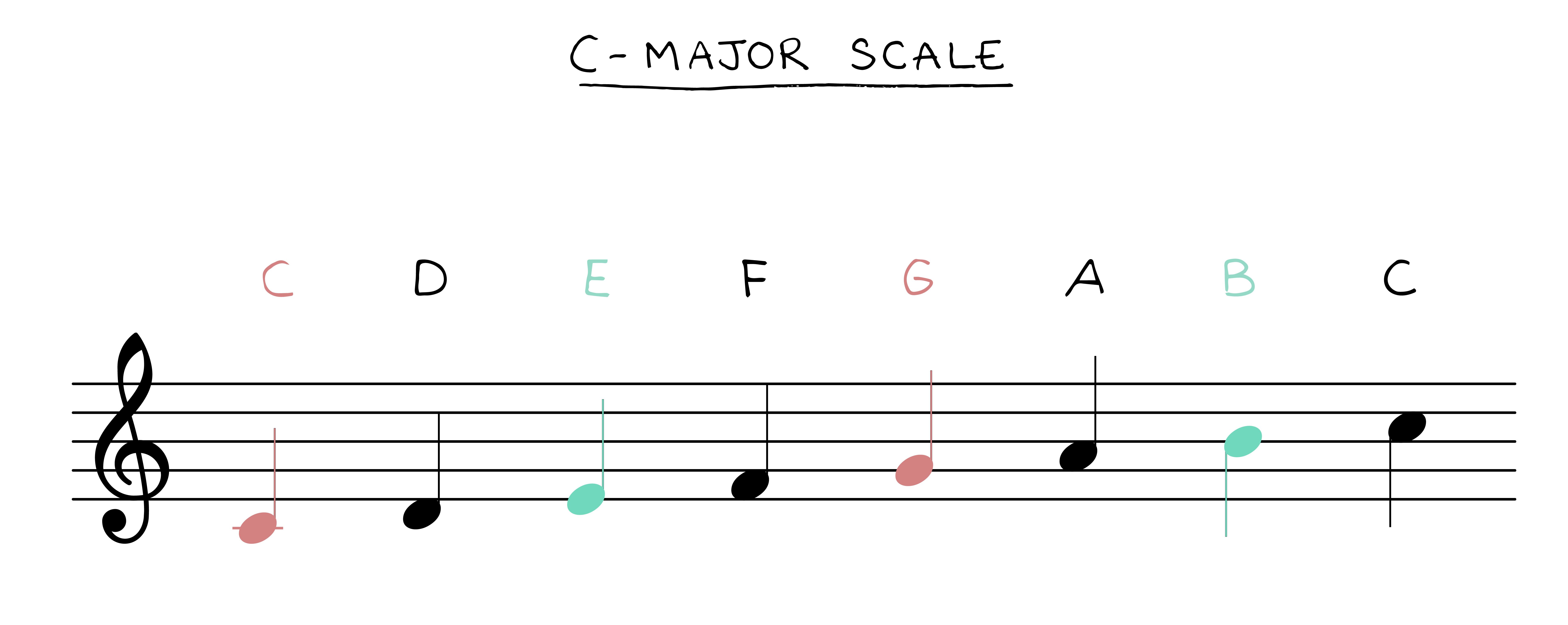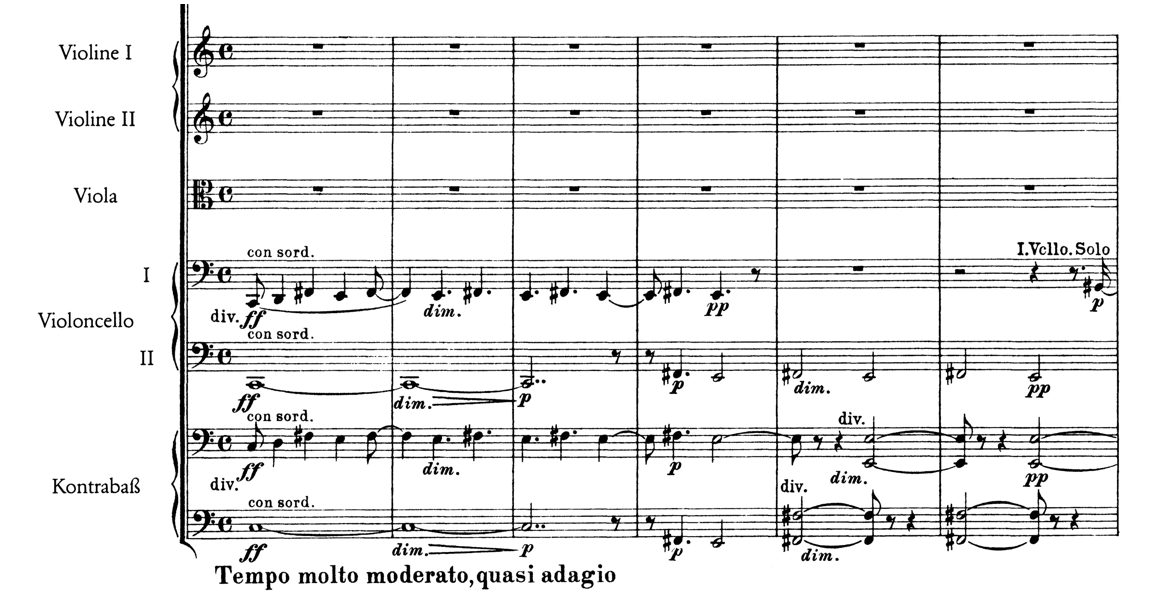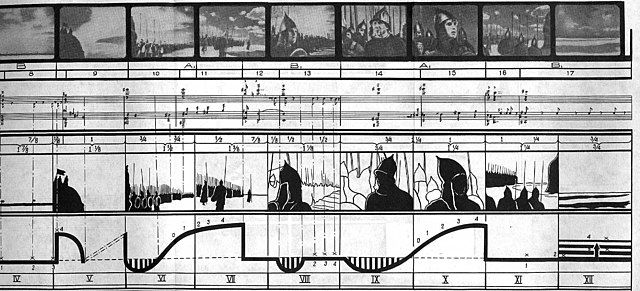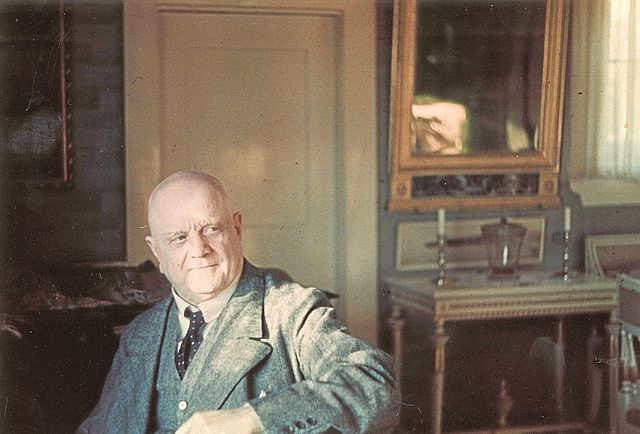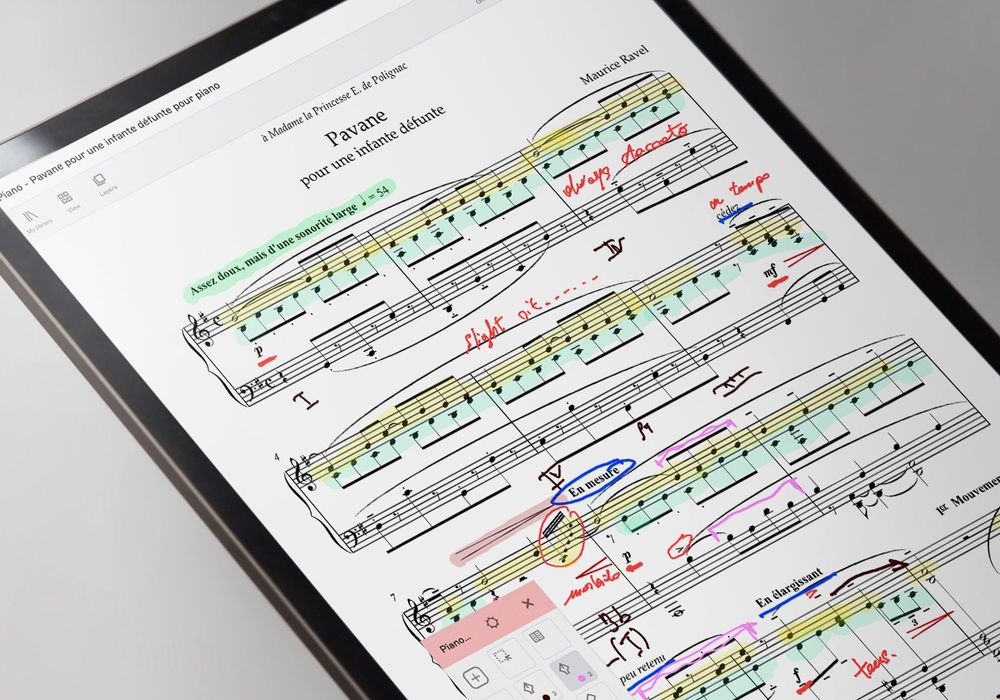This chord is known as the tonic chord, and is identified by the key, so the tonic of the key of G major is the chord of G major, comprising the notes G, B and D - see below. These three notes constitute a triad, and triads are the most common and effective way of outlining a chord.
Big chords at the end of pieces of classical music often bring a satisfying sense of resolution. That’s what it is to return to the tonic note or chord, to the final point of rest. What you have to do is determine what that tonic chord is in your song.
Now, this might be as easy as identifying the first or last chords of the song, as most songs begin and end in the key that they’re in, but sometimes the first chord won’t reflect the key. If that’s the case you’ll have to figure out which chords keep appearing in the chord progression, by eye or by ear.
More often than not, the one that appears most will represent the tonic and therefore the key, but the big question you have to keep asking is, ‘which chord feels like home?’ Chances are that the chord that sounds like it hits the right note, bringing that sense of resolution, is the one demonstrating the key of the song.
Remember that even if chords appear that contain notes that are not in the song’s key – let’s say a D-major chord brings that F♯ to a C-major song – that won’t necessarily change the key. The F♯ should be treated as just an intrusive note that happens to not belong to the key.
Still unsure how to find the key of the song?
There’s every chance that you could be trying to find the key of a song that has a more complicated relationship with key, an issue that proves how simple a guide this really is.
Let’s say that that D-major chord with its troublesome F♯ appears again and again, to the point that a C-major chord no longer feels like home. This could mean that the tonal centre has shifted to the key of D major.
Yes, unfortunately keys can change even in the same song.
The reality is that key is just a temporary musical grounding in a certain tonality, and a lot of pieces of music move through several keys before they come to an end, especially in classical music.
A work might be called ‘Concerto in B major’, but within the first few bars it might already have moved to a different key and not return to that original key - the home key, technically - for some time.
